Commentary for Bern Riddle 25: De litteris
NEVILLEMOGFORD
Date: Mon 08 Feb 2021Matching Riddle: Bern Riddle 25: De litteris
This is the second of two riddles about writing technologies. The previous riddle told us about parchment—now it is the turn of the letters that are written on it. Writing was a popular medieval riddle topic, and this riddle employs several common tropes. So, without further ado, letters proceed to the riddle!
It begins by looking back to the parchment of the previous riddle, which here is described as the albentum locum (“white place”) upon which the letters are born as sisters. Groups of sisters are used in two other Bern riddles where the subject is plural and grammatically feminine: flowers (No. 33) and stars (No. 61). Aldhelm also uses the sister motif in his riddle on the alphabet, in which the seventeen sisters are the consonants, and the six “bastard-sisters” (nothas) are the vowels.
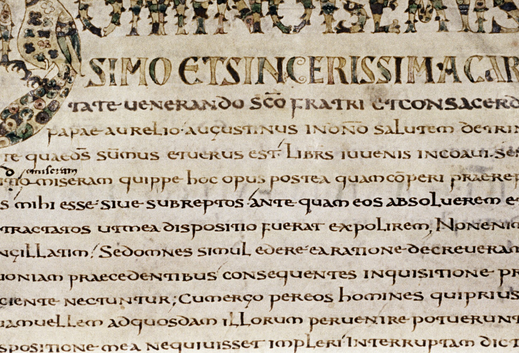
“A copy of Augustine’s On the Trinity, probably written in the nunnery scriptorium of either Chelles Abbey or Jouarre Abbey in Northern France, around 750. Bodleian MS. Laud Misc. 126 f. 2r. Photograph from Digital Bodleian (licence: CC BY NC 4.0)”
In the second line, we are told that three parents create the letters. This is part of a long medieval tradition of describing writing as an activity carried out using three fingers—although writers never tell us exactly which digits they have in mind (Rosenfeld, pages 24-5). Riddlers often play with this idea, sometimes combining it with ideas about parentage. In Aldhelm’s riddle on the alphabet (No. 30), the three fingers are “brothers” who create their “sisters” “with an unknown mother” (incerta matre). Similarly, Tatwine’s riddle on the pen (No. 6) mentions three creatures that “bind” (vincere) the pen; another of his riddles, on letters (No. 4) mentions an unnamed mother, which may refer to the pen, hand, or page. And Exeter Book Riddle 51, which is usually solved as pen and fingers, describes “four creatures” (wuhte feower) that “travel together” (samed siþian). We should also mention two riddles in which weapons are operated by three fingers —Aldhelm’s riddle on the slingshot (No. 74) and Eusebius’ riddle on the sword (No. 36). Erika von Erhardt-Siebold (page 74) suggested that the three finger-motif in riddles may have something to do with a line from the Book of Isaiah: “quis appendit tribus digitis molem terrae?” (“who measures the earth’s dust by three fingers?”). However, this connection might seem a bit of a stretch, especially since the motif was so popular outside of riddles (Williams, page 112).
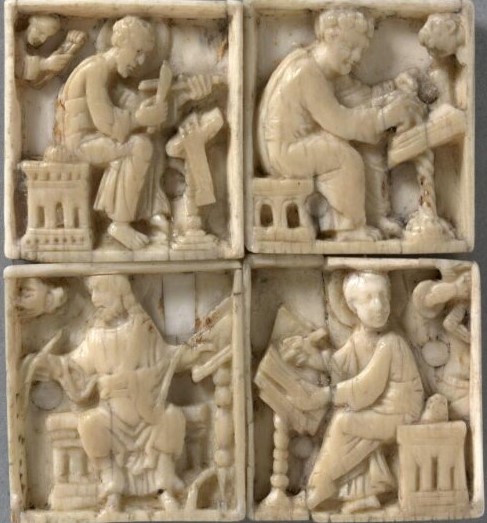
“The four Evangelists writing the Gospels, carved on an ivory plaque from Cologne in the mid-11th century. Photograph from the V&A collections (licence: here)”
Aside from the three fingers motif, there are several very interesting parts of this riddle. In line 2, the idea that the finger-parents conceive the child with one “stroke” or “thrust” (ictus) is a great example of the sexualised double entendre that we more often associate with the Exeter Book Riddles. The idea in line 4 that no one can “detain” (detenere) the letters outside their home (sine… domo) seems to be that speech, unlike the written word, is fleeting, and that letters cannot be “held” or “stopped” outside of the page. And the final line explains that the sisters do not reply without a suitable “questioner” (or, in some manuscripts, the “father” (patre))—the idea is that the letters do not “speak” without a reader. Of course, this does not apply to us today, because we have all kinds of text-to-speech readers and audiobooks!
Aldhelm of Malmesbury, “Riddle 30” and “Riddle 74.” In Rudolph Ehwald (ed.), Aldhelmi Opera, MGH Auctrorum antiquissimorum 15. Berlin: Weidmann, 1919. Pages 110 and 131. Available here.
von Erhardt-Siebold, Erika. Die lateinischen Rätsel der Angelsachsen: Ein Beitrag zur Kulturgeschichte Altenglands. Anglistische Forschungen 61. Heidelberg: Winter, 1925. Pages 73-4, 80-1. Available here.
Klein, Thomas. “Pater Occultus: The Latin Bern Riddles and Their Place in Early Medieval Riddling.” Neophilologus 103 (2019). Pages 339-417.
Rosenfeld, Randall. “Tres digiti scribunt: A Typology of Late-Antique and Medieval Pen Grips.” In John Haines and Randall Rosenfeld (eds.), Music and Medieval Manuscripts. Farnham: Ashgate, 2004. Pages 20-58.
Williams, Mary. The Riddles of Tatwine and Eusebius. PhD Thesis, University of Michigan (1974). Pages 80-2, 112, and 206-7.
Tags: latin Bern Riddles
Related Posts:
Exeter Riddle 51
Bern Riddle 24: De membrana
Bern Riddle 33: De viola
Bern Riddle 61: De umbra
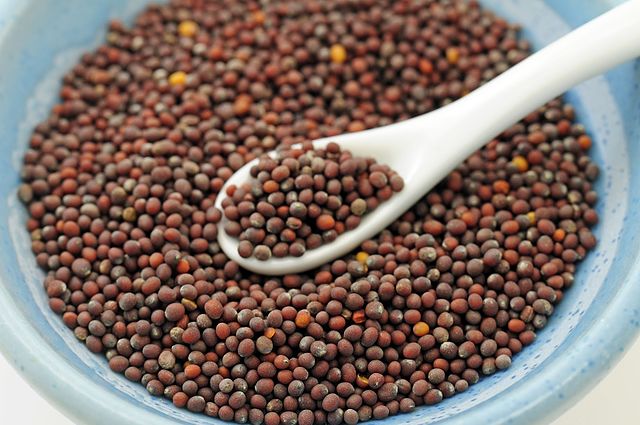
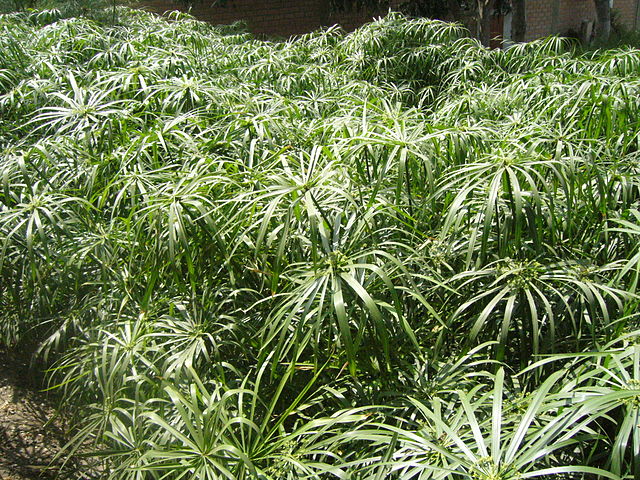
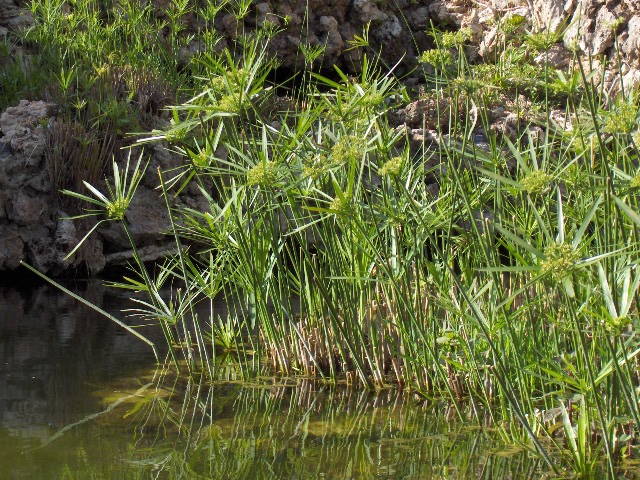
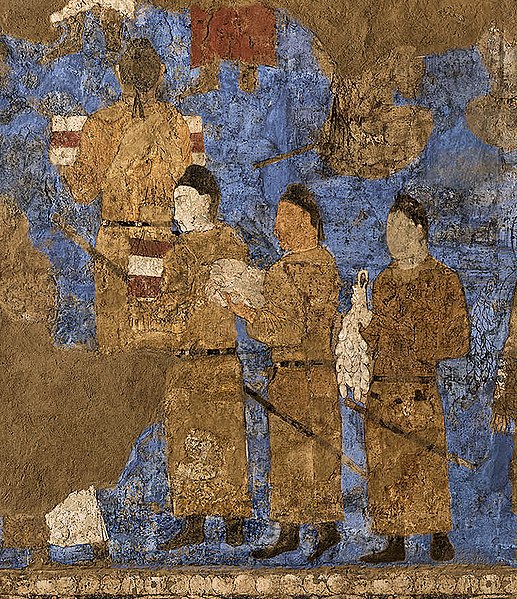
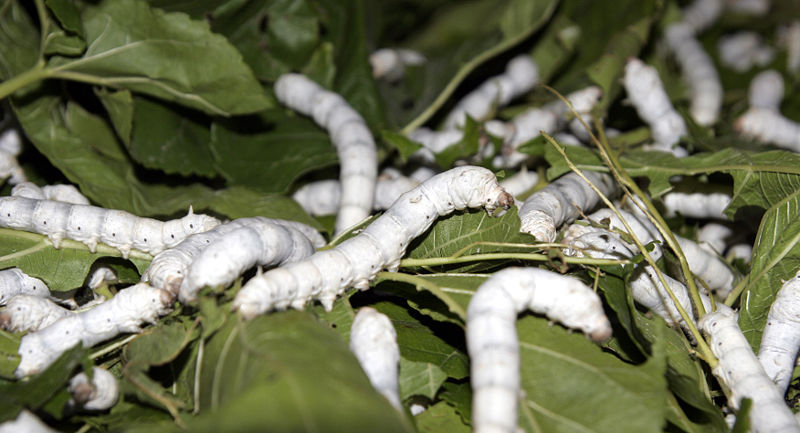


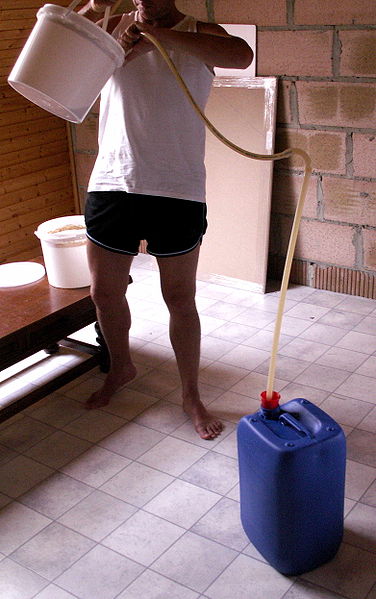
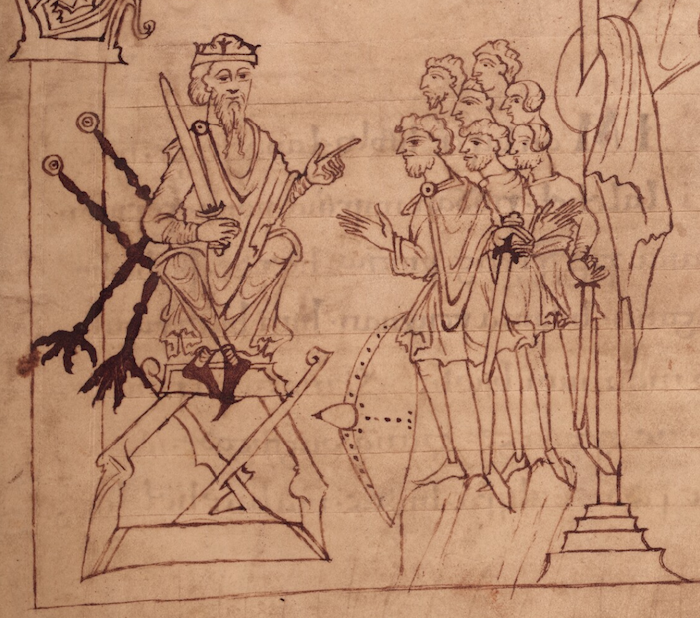

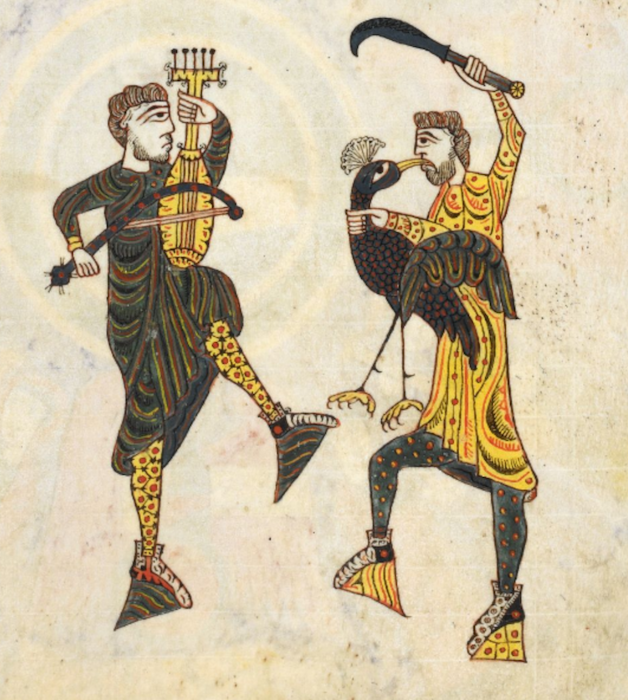
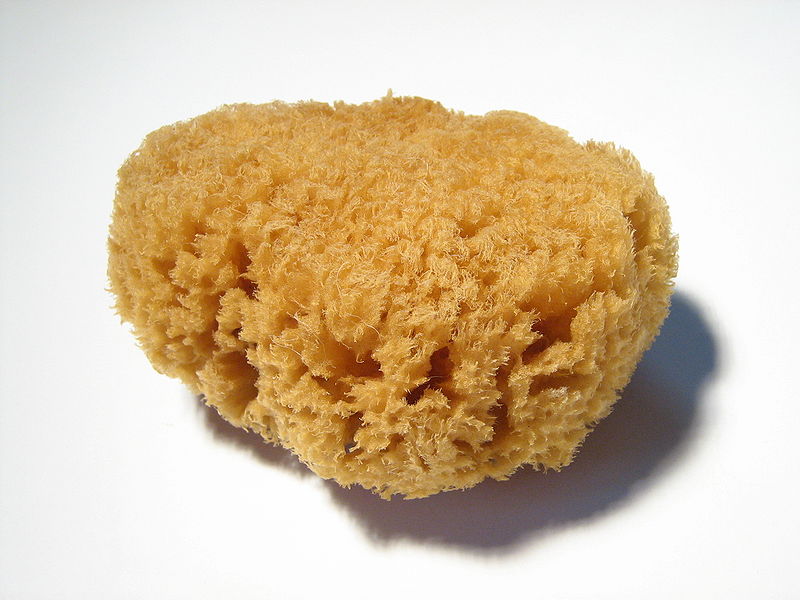






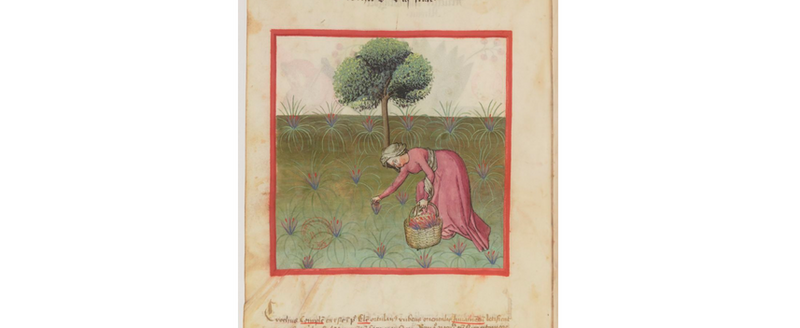
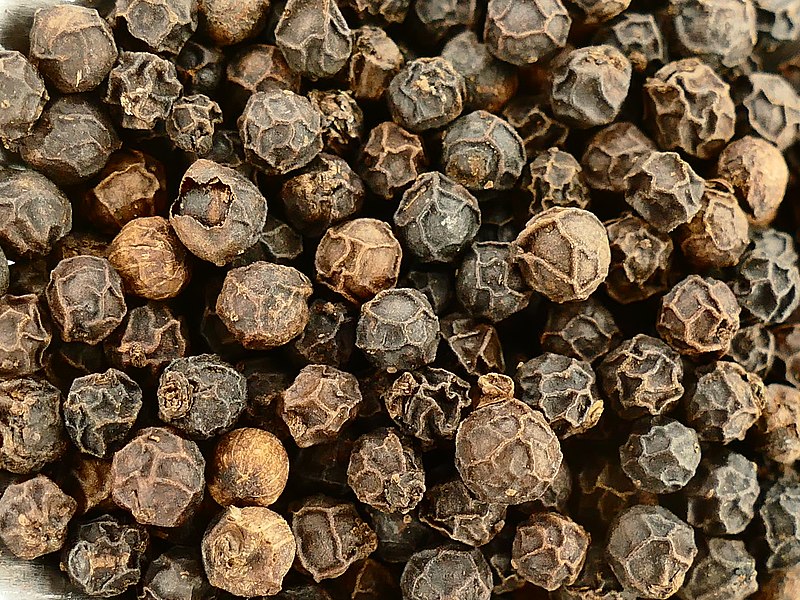



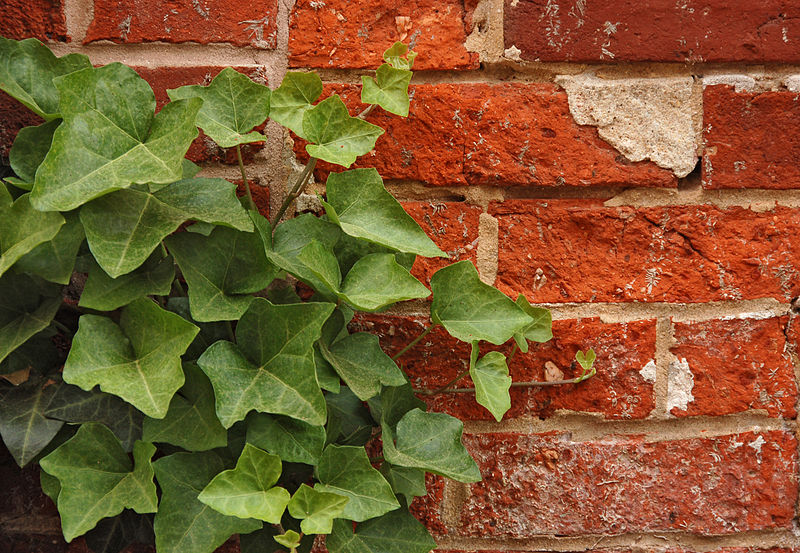
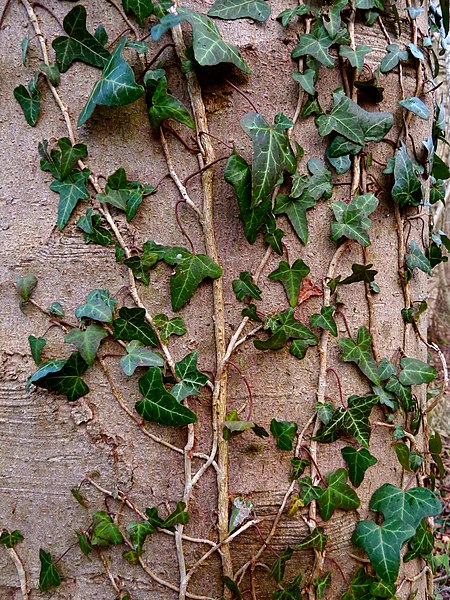

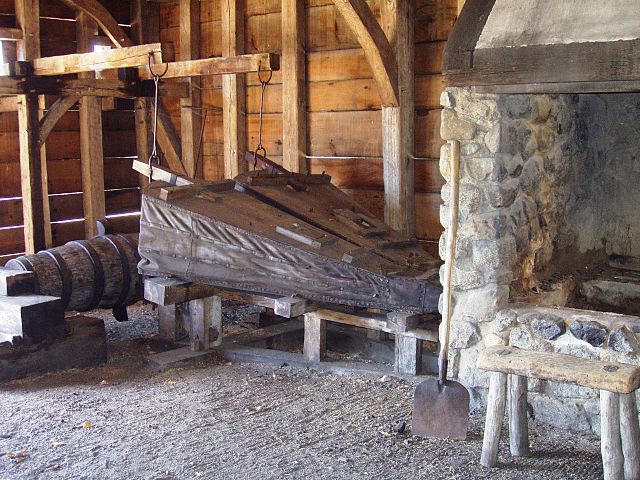
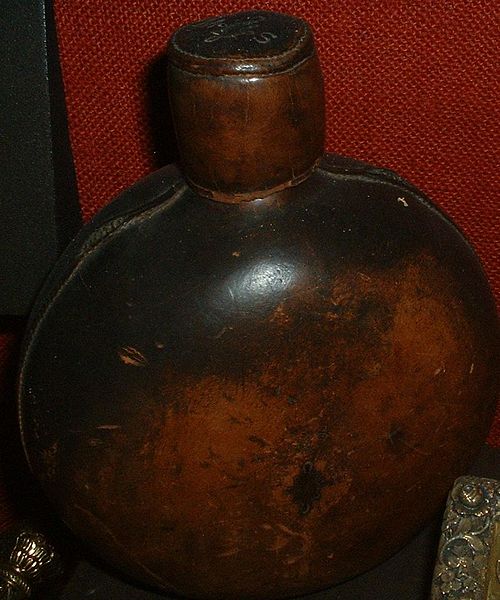
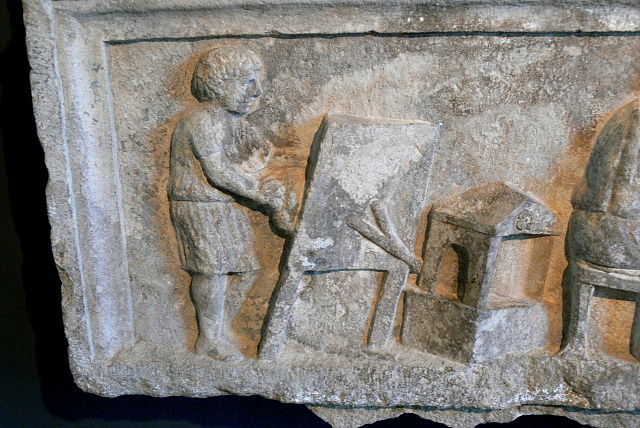


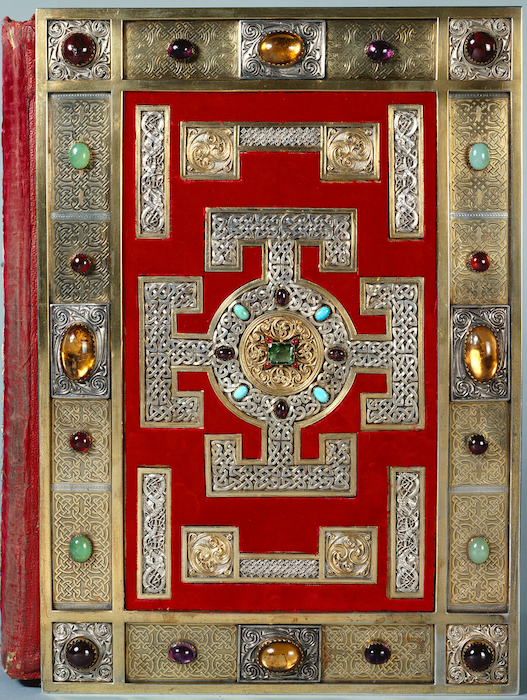
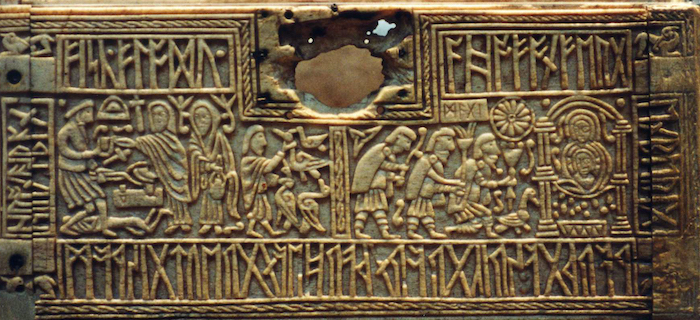
Commentary for Bern Riddle 24: De membrana
NEVILLEMOGFORD
Date: Mon 08 Feb 2021Matching Riddle: Bern Riddle 24: De membrana
This riddle is about a very special material that preserves the thoughts, memories, and imaginations of people who lived hundreds and hundreds of years ago. Yes, you guessed it—this riddle is all about parchment!
One of the fascinating things about the Bern Riddles are their interrelatedness—they love to talk about each other! They love using similar phrases and themes to express the properties of very different objects, and this generates unexpected and surprising connections. Today’s riddle continues the theme of life and death from the previous riddle about fire). Its first and fifth lines also the theme of livestock bringing wealth to all, including kings, from the sheep riddle (No. 22). And it contains the same phrase, “stripped of clothes” (vestibus exuta) as we saw with Riddle 5’s table. Fires, sheep, tables—all have something in common with parchment.
Preparing parchment was a complicated and specialist activity in early medieval Europe. The skin of goats, sheep, and calves was usually treated with a lime solution, before having as much hair removed as possible. It was then stretched on a frame and washed, scraped with a special curved knife, and stretched over several days, before the parchment was thin enough and smooth enough for use.
There are other medieval riddles about parchment, and they all describe the process of its manufacture. The parchment of Tatwine’s Riddle 5 complains that its killer “stripped me of clothing” (exuviis me… spoliavit), before scraping, ruling, and then writing upon it. Exeter Riddle 26 describes the process in a similar way, but it goes into more detail, explaining that feond sum (“a certain enemy”) soaked it and removed its hairs, before scraping it and cutting it to size. Bern Riddle 24, on the other hand, manages to compress this process into two lines (3-4). The hairs are removed from the skin (“stripped of clothes”), which is “stretched our by many a bond” as it hangs on the frame (“my insides hang out”). It has been gladio desecta, literally “cut away by a sword.” However, I have translated this phrase idiomatically as “mown,” under the assumption that it describes the process of scraping as if the parchment were a field being harvested.
All three riddles end with the parchment being used for writing and reading. In Tatwine 5, the words become nourishing victum… et medelam (‘food and medicine’). And Exeter 26 closes with a long series of gifts that the book gives to its reader. Unlike the others, Bern does not glorify the spiritual benefits that a book can bring. Instead, its final line describes the paradox of a book carrying many thousands of letters and words that are all effectively weightless. It recalls Riddle 7’s bladder, which carries the apparently weightless air when it is inflated. What an apt ending for a riddle that likes talking to other riddles so much!
References and Suggested Reading:
De Hamel, Christopher.Making Medieval Manuscripts. Oxford: Bodleian Library, 2018.
Tags: latin Bern Riddles
Related Posts:
Exeter Riddle 26
Bern Riddle 5: De mensa
Bern Riddle 7: De vesica
Bern Riddle 22: De ove
Bern Riddle 23: De igne